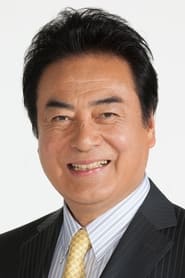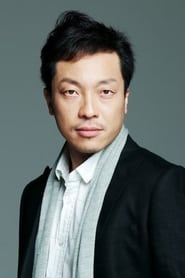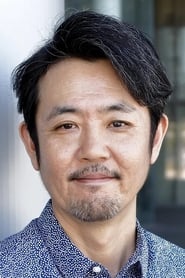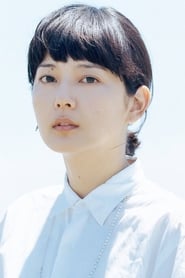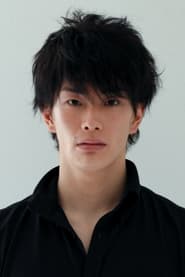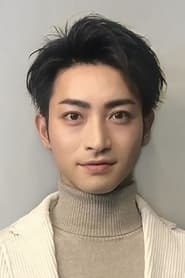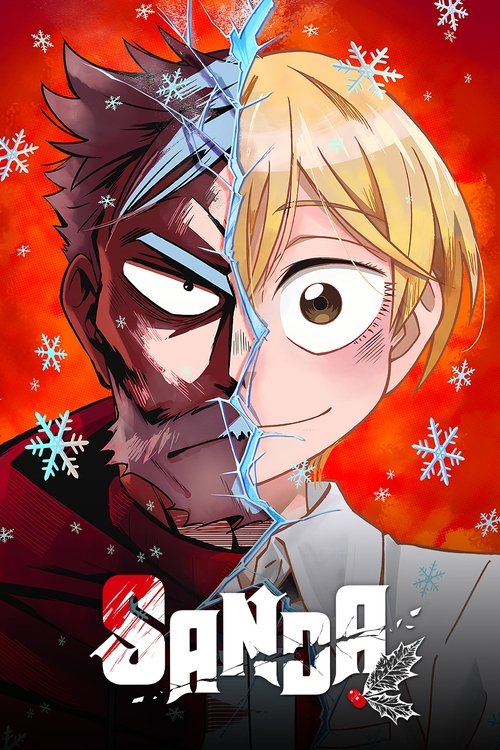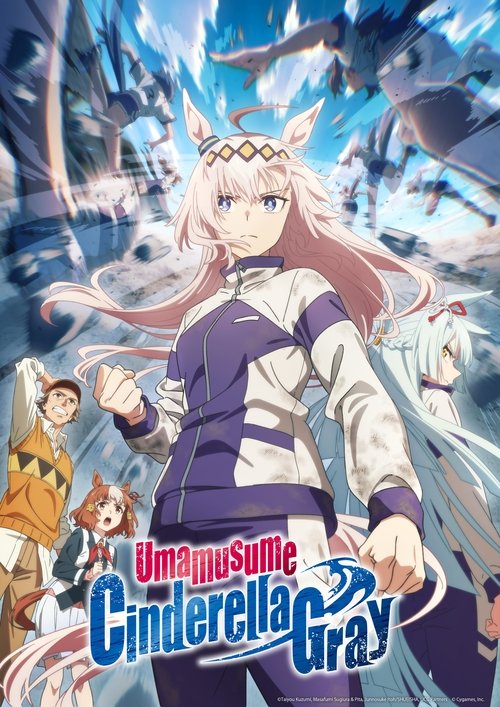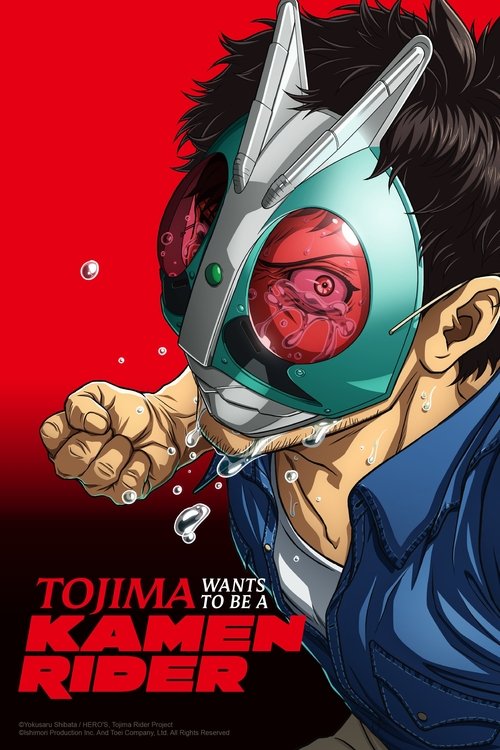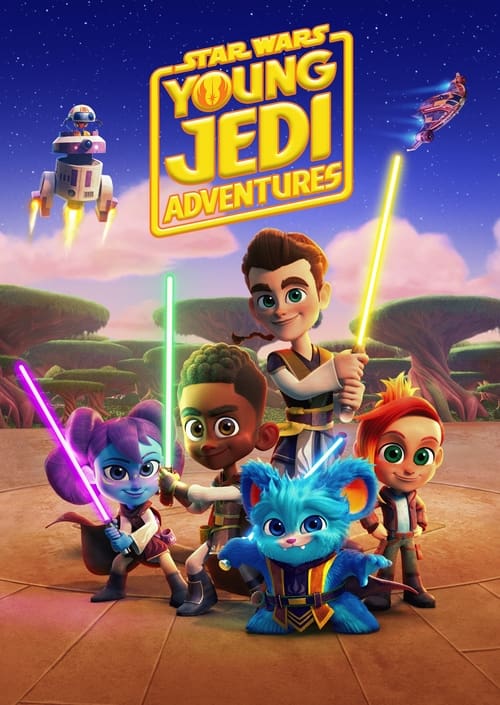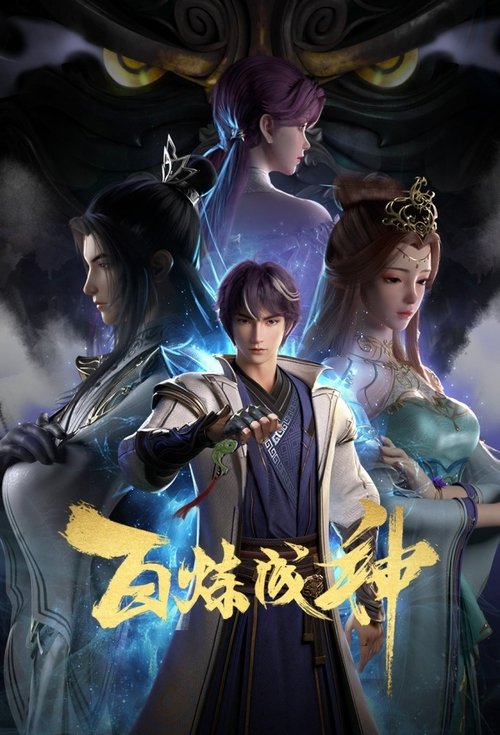
Ask Your Own Question
What is the plot?
Soichi Shindo, a principled journalist with 15 years of experience at Japan's public broadcasting network, is promoted to anchor a national news program, gaining widespread credibility and becoming a household name. Despite his success, he is unexpectedly recruited by JBN, a major commercial television network struggling with its prime-time news program, News Game, which is losing viewers rapidly.
Upon joining JBN, Shindo faces immediate tension as he clashes with the network's corporate culture, which prioritizes flashy, ratings-driven content over journalistic integrity. The station's chairman, however, explicitly wants Shindo not as a compliant figure but as a disruptor who can restore the program's reputation by injecting serious journalistic values. Shindo accepts the challenge, determined to revive News Game by focusing on truth and investigative reporting, even as this pits him against executives and producers who favor sensationalism.
Shindo's first major decision is to overhaul the editorial direction of News Game, pushing for in-depth investigations rather than superficial stories. This leads to conflicts with producers who resist the slower, more rigorous approach, fearing it will further alienate viewers. Shindo insists on pursuing stories that expose corruption and social injustices, believing that truth will ultimately attract an audience.
One of the early investigations Shindo spearheads involves uncovering a local government scandal involving misuse of public funds. He meticulously gathers evidence, interviews whistleblowers, and confronts officials on air. The exposé causes a public uproar, boosting the program's credibility but also drawing ire from powerful political figures who attempt to pressure JBN to silence Shindo.
Despite threats and attempts at censorship, Shindo remains steadfast. He negotiates with the network's legal team to protect the program's right to broadcast sensitive material. His determination inspires some colleagues but alienates others who fear repercussions. The ratings begin to improve modestly as viewers respond to the program's renewed seriousness.
Midway through the series, Shindo uncovers a complex organ trafficking ring linked to wealthy elites and corrupt medical professionals. This investigation spans two episodes and involves undercover work, secret meetings, and tense confrontations. Shindo's team faces ethical dilemmas about how much to reveal without endangering victims. The story culminates in a dramatic on-air confrontation with a hospital director who denies involvement, followed by the broadcast of damning evidence.
The organ trafficking arc ends controversially with a resolution that some characters find unsatisfactory, as the perpetrators receive relatively light sentences due to legal loopholes and influence. Shindo is visibly frustrated but uses the platform to call for systemic reforms, emphasizing the ongoing nature of the fight for justice.
Throughout the series, Shindo's personal life is strained by his professional battles. He struggles with isolation and the pressure of maintaining his principles in a cutthroat environment. His relationships with colleagues are complex, marked by both loyalty and betrayal as some support his vision while others succumb to corporate pressures.
In the final episodes, Shindo faces a critical choice when the network offers him a lucrative contract to tone down his reporting in exchange for a permanent anchor position. After intense internal conflict, he rejects the offer, choosing integrity over comfort. This decision leads to a climactic showdown with the network's chairman, who respects Shindo's resolve but warns of the consequences.
The series concludes with Shindo delivering a powerful closing broadcast that reaffirms the importance of truth in journalism. Although News Game remains a work in progress, Shindo's efforts have revitalized the program's mission and inspired a new generation of journalists. The final scene shows Shindo preparing for another day at the newsroom, determined to continue the fight for honest reporting despite the challenges ahead.
More TV Shows Like This
Browse All TV Shows →
What is the ending?
The TV show News Anchor produced in 2025 ends with the main character, Shindo Soichi, having led the struggling flagship newscast "News Gate" through a turbulent period marked by his relentless pursuit of truth, despite conflicts with station protocols. The show concludes with Shindo solidifying his role as a principled anchor, while the program begins to regain its footing in ratings and credibility. The fates of the main characters reflect their growth and the challenges they faced in the newsroom.
Expanding on the ending scene by scene:
The final episode opens with Shindo Soichi arriving early at the "News Gate" studio, his demeanor serious but resolute. The newsroom buzzes with tension as the team prepares for a critical broadcast that could determine the show's future. Shindo reviews the lineup, insisting on including a controversial investigative piece that exposes corruption in a powerful corporation, despite pushback from executives worried about backlash.
As the broadcast begins, the camera captures Shindo's calm yet intense presence behind the anchor desk. The investigative report airs, revealing damning evidence and interviews that leave viewers shocked. Behind the scenes, the production team watches anxiously, aware that this bold move could either revive the show's reputation or lead to severe consequences.
Following the broadcast, the chairman of JBN calls an emergency meeting. Shindo faces criticism for defying orders but stands firm, arguing that journalism's duty is to the truth and the public. The chairman, after a tense exchange, surprisingly supports Shindo's stance, acknowledging that the network must regain public trust by prioritizing integrity over ratings.
In the closing scenes, the newsroom atmosphere shifts from apprehension to cautious optimism. Shindo shares a quiet moment with his closest colleagues, reflecting on the sacrifices made and the battles won. The final shot lingers on Shindo's determined expression as the camera pulls back to show the bustling newsroom, symbolizing a new chapter for "News Gate."
Regarding the main characters' fates:
-
Shindo Soichi remains the anchorman, now respected for his unwavering commitment to truth, poised to lead the program into a more principled era.
-
Other key team members who supported Shindo's vision are retained, their careers revitalized by the show's renewed direction.
-
Those who opposed the changes either leave or are reassigned, underscoring the cost of standing by journalistic ethics.
This ending highlights the central conflict between journalistic integrity and corporate pressures, emphasizing the personal and professional costs of pursuing truth in a challenging media environment.
Is there a post-credit scene?
The TV show News Anchor produced in 2025 does not have any publicly documented post-credit scene. None of the available search results mention a post-credit scene specifically for News Anchor from 2025. The search results include information about post-credit scenes for other shows and movies released around 2025, such as Peacemaker season 2, Captain America: Brave New World, and Fantastic Four: First Steps, but there is no reference to a post-credit scene for News Anchor.
Therefore, based on the current information, News Anchor (2025) does not have a post-credit scene, or if it does, it has not been publicly described or noted in available sources.
What is the significance of Soichi Shindo's unconventional reporting style in uniting the news team?
Soichi Shindo's unconventional reporting style is crucial in pulling together the disjointed staff of the struggling news program 'News Gate,' gradually uniting the team around their mission to pursue truth despite external pressures and internal conflicts.
How does the series portray the conflict between journalistic integrity and external pressures from government, sponsors, and police?
The series depicts how reporters and news stations often comply with governmental offices, sponsors, and police departments to maintain access, which compromises journalistic integrity. Shindo challenges this norm by refusing to ask only safe questions, instead digging for real answers and exposing buried truths, highlighting the tension between truth-seeking and institutional pressures.
What are the key plot elements involving the murder mystery and coverup in the series?
At the core of 'News Anchor' is a murder mystery and coverup that the news team investigates. The plot involves uncovering hidden truths behind cases such as organ transplants and Japan's low donation rates, as well as other social issues like sneak photography and a wildfire, all tied to the central theme of exposing corruption and injustice.
How is the character Sakikubo portrayed and what role does she play in the story?
Sakikubo is portrayed as a character who is somewhat abrasive or difficult ('nails on a chalkboard'), serving as a foil within the team dynamic. While not deeply detailed, her presence adds tension and complexity to the newsroom environment, contrasting with other characters and contributing to the drama's interpersonal conflicts.
What unresolved plot threads or red herrings are introduced that suggest a potential second season?
The series uses dramatic license to introduce several red herrings and leaves certain corner pieces of the puzzle unresolved by the final episode. While many plot elements are hastily concluded, some key mysteries and character arcs remain open-ended, implying that a second season could explore these unresolved threads further.
Is this family friendly?
The TV show "News Anchor" produced in 2025 is not specifically described as family-friendly and is centered on a journalist investigating and exposing difficult truths, which suggests mature themes. It has an IMDb rating of 6.5/10 and involves intense journalistic investigation rather than light or educational content suitable for children.
Potentially objectionable or upsetting aspects for children or sensitive viewers may include:
- Mature themes related to investigative journalism, possibly involving crime, corruption, or controversial social issues.
- Intense or dramatic scenes that could be emotionally heavy or complex.
- Content that is not designed for a young audience or for sensitive viewers, given the serious nature of the show's premise.
There is no indication that the show contains explicit violence, strong language, or sexual content, but the investigative and truth-exposing nature implies it is more appropriate for adults or older teens rather than children.
In contrast, other shows explicitly labeled as family-friendly or designed for children are clearly separated from this type of serious news drama. Therefore, "News Anchor" should be considered unsuitable for young children or those sensitive to mature themes.






